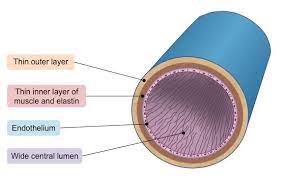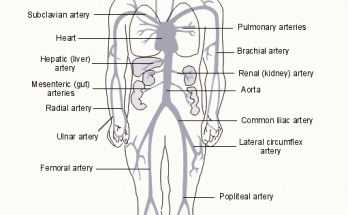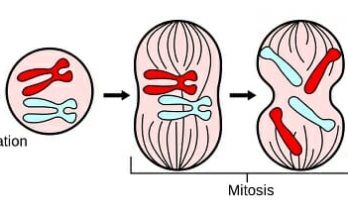
Veins – Structure , functions ,Venous System and Circuits and Vein Valves
Veins are vital blood vessels that collect oxygen-poor blood and transport it back to the heart. They are made up of three layers of tissue and fibers, and can contain one-way valves that keep blood flowing in the right direction. Veins transport oxygen-poor blood throughout the body and oxygen-rich blood from the lungs back to the heart. Veins require external forces such as breathing and muscle movement to push blood in the right direction.
Veins – Structure , functions ,Venous System and Circuits and Vein Valves Read More



